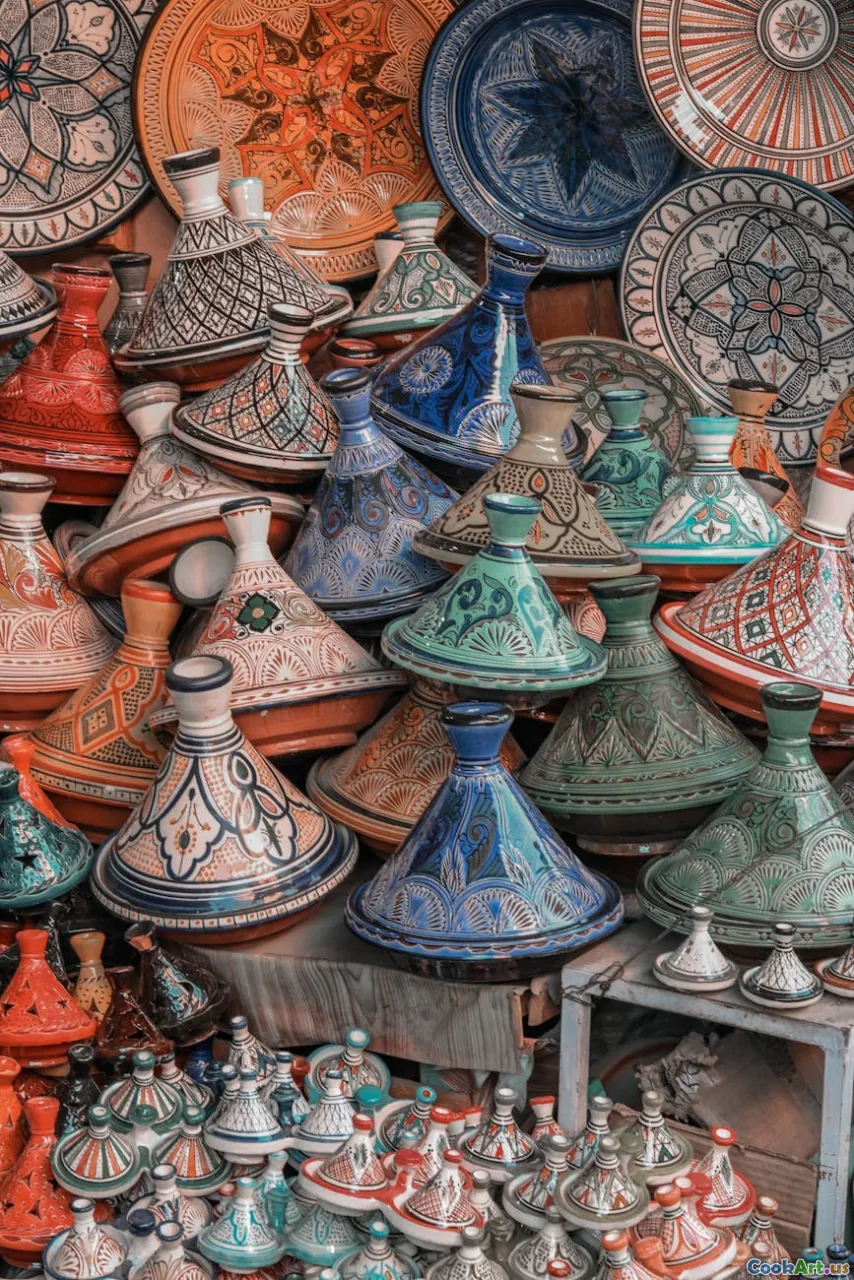Exploring Kacamak There Is More Than Cornmeal
8 min read Discover the rich history, cultural significance, and surprising variations of Kacamak beyond its traditional cornmeal roots in Montenegrin cuisine. April 24, 2025 03:55
Exploring Kacamak: There Is More Than Cornmeal
Imagine a hearty, rustic dish that warms your soul, connects you to centuries of tradition, and offers a comforting embrace on a chilly Montenegrin evening. This is Kacamak, a staple of Montenegrin cuisine, often associated solely with its primary ingredient: cornmeal. But as any true food lover or cultural enthusiast knows, beneath the simple exterior lies a world of culinary richness, history, and surprising variations that extend far beyond its basic ingredients.
The Heart of Montenegrin Comfort Food
Kacamak, in its essence, is more than just a dish — it’s a cultural emblem, a shared experience that brings families together around the table. Its origins trace back to the indigenous peoples of the Balkans, where peasant communities crafted nourishing meals to sustain them through harsh winters and laborious days. The humble cornmeal, readily available and affordable, became a canvas for countless improvisations and regional variations.
In Montenegro, Kacamak is often served during winter festivals, family gatherings, or as a simple, warming breakfast. Its smell — a fragrant blend of toasted corn, bubbling cheese, and sometimes smoky undertones — is enough to evoke nostalgia and a sense of belonging.
The Classic Recipe: Simplicity and Soul
Traditionally, Kacamak is prepared by slowly cooking cornmeal in water or milk, stirring constantly to prevent lumps and ensure a smooth, creamy consistency. The process can take upwards of an hour, requiring patience and attention, but the result is a velvety, comforting mash that can be flavored in numerous ways.
In many Montenegrin households, a dash of homemade cheese — soft, tangy, and slightly salty — is stirred in just before serving. Sometimes, a spoonful of sour cream or a generous pat of butter is added for richness. The dish is often topped with roasted pancetta or smoked ham for a savory punch.
Visualize a steaming bowl of golden, slightly lumpy Kacamak, its aroma inviting and complex. Its texture is both smooth and slightly coarse, with a satisfying bite that reminds you of the earthiness of mountain farms.
Beyond Cornmeal: Variations and Surprising Ingredients
While cornmeal remains the traditional base, modern interpretations and regional twists have introduced a fascinating array of ingredients that elevate Kacamak from humble comfort food to a versatile culinary canvas.
Alternative Grains
Some Montenegrin cooks experiment with buckwheat, barley, or millet as a substitute or supplement to cornmeal. These grains add unique flavors, from the nutty aroma of buckwheat to the slightly sweet, hearty notes of millet, creating a richer, more layered dish.
Vegetables and Herbs
Adding sautéed onions, garlic, or wild herbs such as sageandthymeinfuses Kacamak with aromatic complexity. In coastal regions, a touch ofseaweedordried herbs harvested from the Adriatic adds a briny, savory depth.
Dairy Innovations
In some areas, fresh goat cheese, yogurt, or crème fraîche are incorporated, lending tang and creaminess. These variations reflect local dairy traditions and the influence of neighboring cuisines.
Protein Additions
To turn Kacamak into a more substantial meal, Montenegrin cooks often top it with smoked meats, sausages, or wild game. During festive seasons, it might be served alongside roasted lamborpork, enhancing its rustic charm.
Cultural Significance and Social Context
Kacamak’s role in Montenegrin life extends beyond nourishment. It embodies resilience, resourcefulness, and community. In rural villages, preparing Kacamak is often a communal activity — a shared labor of stirring, tasting, and bonding.
During celebrations, it’s customary for families to gather around large pots, each person contributing ingredients or sharing stories as the dish simmers. The dish’s simplicity fosters a sense of equality and togetherness, transcending social and economic differences.
Personal Reflections and Culinary Adventures
Having traveled through Montenegro’s rugged mountains and tranquil coastlines, I’ve come to understand that Kacamak is more than a dish — it’s a narrative of survival, adaptation, and love. I recall visiting a small mountain village where an elderly woman, with hands weathered by decades of labor, shared her secret to perfect Kacamak: a pinch of smoked paprika and a swirl of local honey for a touch of sweetness.
Trying variations with wild herbs I gathered from the surrounding fields, I realized that Kacamak is inherently adaptable, a blank canvas that invites personal and regional flair. It’s a dish that encourages improvisation while respecting tradition.
Modern Takes and Fusion
Today, chefs and home cooks alike are reimagining Kacamak, blending traditional techniques with contemporary culinary trends. Vegan versions incorporate plant-based cheeses and vegetable broths, while gourmet adaptations feature truffle oils or exotic spices.
In urban Montenegrin restaurants, you might find Kacamak served with a poached egg on top, or as part of a tasting menu showcasing Balkan flavors. These innovations honor the dish’s roots while pushing its boundaries.
Conclusion: More Than Just a Meal
Kacamak is a testament to Montenegrin resilience, ingenuity, and cultural richness. It reminds us that beneath simplicity lies depth — a dish that can be humble yet sophisticated, traditional yet innovative. Whether enjoyed in a mountain hut or a modern kitchen, Kacamak continues to evolve, carrying its stories and flavors across generations.
So next time you encounter this comforting dish, remember — it’s more than just cornmeal. It’s a living, breathing symbol of Montenegrin life, history, and heart.
Embrace the diversity of Kacamak, and let it inspire your culinary journey — because some dishes are meant to be more than the sum of their ingredients.









